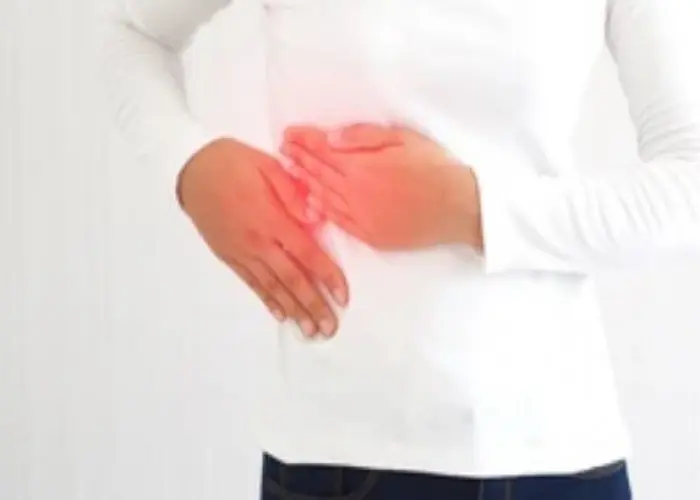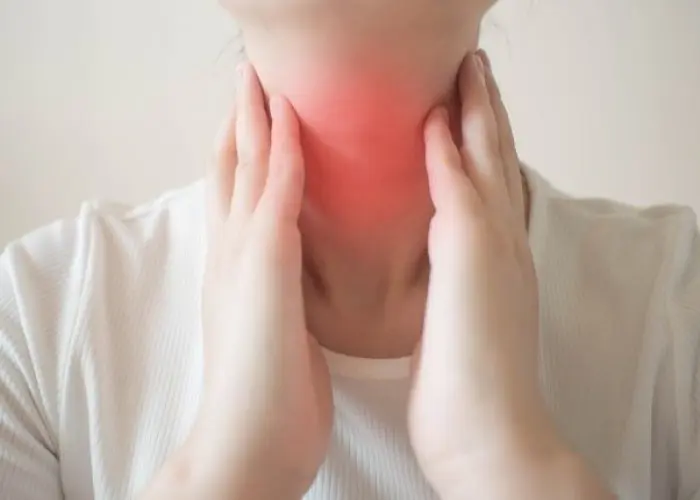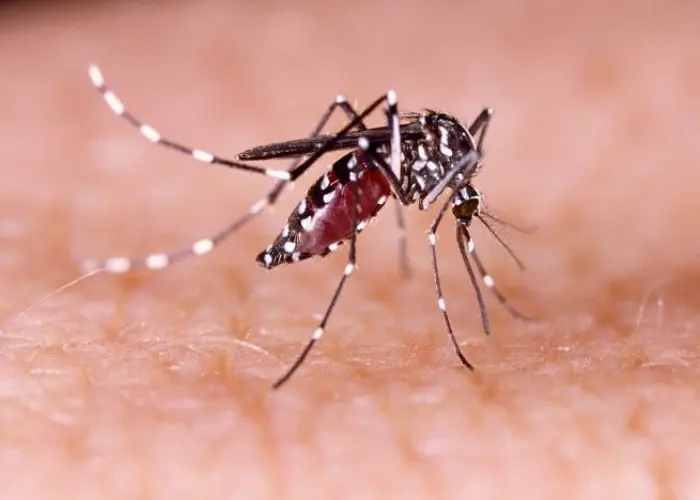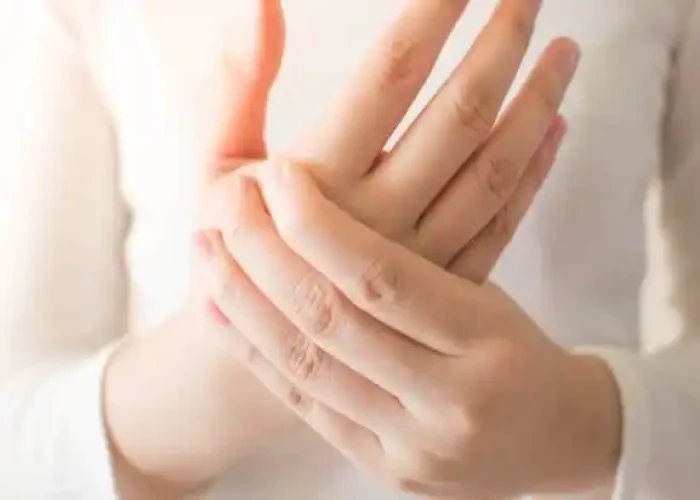 Welcome
Welcome
“May all be happy, may all be healed, may all be at peace and may no one ever suffer."
Thumb arthritis

Thumb arthritis, also known as basal joint arthritis, is a common condition that affects the joint at the base of the thumb. It is a degenerative condition in which the cartilage that cushions the bones in the joint wears away, leading to pain, stiffness, and loss of strength and range of motion in the thumb.
Thumb arthritis is more common in women than in men and is usually seen in people over the age of 40. It can be caused by wear and tear over time, injury to the joint, or certain medical conditions such as rheumatoid arthritis.
Symptoms of thumb arthritis include pain and tenderness at the base of the thumb, swelling and stiffness in the joint, a grinding sensation when moving the thumb, and weakness in the hand.
Diagnosis of thumb arthritis typically involves a physical examination, x-rays, and possibly other imaging tests to evaluate the degree of joint damage.
Treatment for thumb arthritis may include non-surgical methods such as pain relief medication, physical therapy, splinting or bracing the thumb, and making modifications to activities that may aggravate the joint. In more severe cases, surgery may be necessary to remove damaged tissue or replace the joint.
It is important to seek medical attention if any symptoms of thumb arthritis are experienced, as early diagnosis and treatment can help manage pain and prevent the condition from worsening.
Research Papers
Disease Signs and Symptoms
- Finger pain
- Swollen fingers
- Decreased strength when pinching or grasping objects
- The enlarged or bony appearance of the joint at the base of the thumb
- Thumb arthritis
Disease Causes
Thumb arthritis
Thumb arthritis commonly occurs with aging. Previous trauma or injury to the thumb joint also can cause thumb arthritis.
In a normal thumb joint, cartilage covers the ends of the bones — acting as a cushion and allowing the bones to glide smoothly against each other. With thumb arthritis, the cartilage that covers the ends of the bones deteriorates, and its smooth surface roughens. The bones then rub against each other, resulting in friction and joint damage.
The damage to the joint might result in growth of new bone along the sides of the existing bone (bone spurs), which can produce noticeable lumps on your thumb joint.
Disease Prevents
Disease Treatments
In the early stages of thumb arthritis, treatment usually involves a combination of non-surgical therapies. If your thumb arthritis is severe, surgery might be necessary.
Medication
To relieve pain, your doctor might recommend:
- Topical medications, such as capsaicin or diclofenac, which are applied to the skin over the joint
- Over-the-counter pain relievers, such as acetaminophen (Tylenol, others), ibuprofen (Advil, Motrin IB, others) or naproxen sodium (Aleve)
- Prescription pain relievers, such as celecoxib (Celebrex) or tramadol (Conzip, Ultram)
Splint
A splint can support your joint and limit the movement of your thumb and wrist. You might wear a splint just at night or throughout the day and night.
Splints can help:
- Decrease pain
- Encourage proper positioning of your joint while you complete tasks
- Rest your joint
Injections
If pain relievers and a splint aren't effective, your doctor might recommend injecting a long-acting corticosteroid into your thumb joint. Corticosteroid injections can offer temporary pain relief and reduce inflammation.
Surgery
If you don't respond to other treatments or if you're barely able to bend and twist your thumb, your doctor might recommend surgery. Options include:
- Joint fusion (arthrodesis). The bones in the affected joint are permanently fused. The fused joint can bear weight without pain, but has no flexibility.
- Osteotomy. The bones in the affected joint are repositioned to help correct deformities.
- Trapeziectomy. One of the bones in your thumb joint (trapezium) is removed.
- Joint replacement (arthroplasty). All or part of the affected joint is removed and replaced with a graft from one of your tendons.
These surgeries can all be done on an outpatient basis. After surgery, you can expect to wear a cast or splint over your thumb and wrist for up to six weeks. Once the cast is removed, you might have physical therapy to help you regain hand strength and movement.
Disease Diagnoses
Disease Allopathic Generics
Disease Ayurvedic Generics
Disease Homeopathic Generics
Disease yoga
Thumb arthritis and Learn More about Diseases

Ascites

Cholecystitis

Graves' disease

Stress incontinence

Dissociative disorders

Ichthyosis vulgaris

Bronchitis

Dengue fever
thumb arthritis, থাম্ব আর্থ্রাইটিস
To be happy, beautiful, healthy, wealthy, hale and long-lived stay with DM3S.
